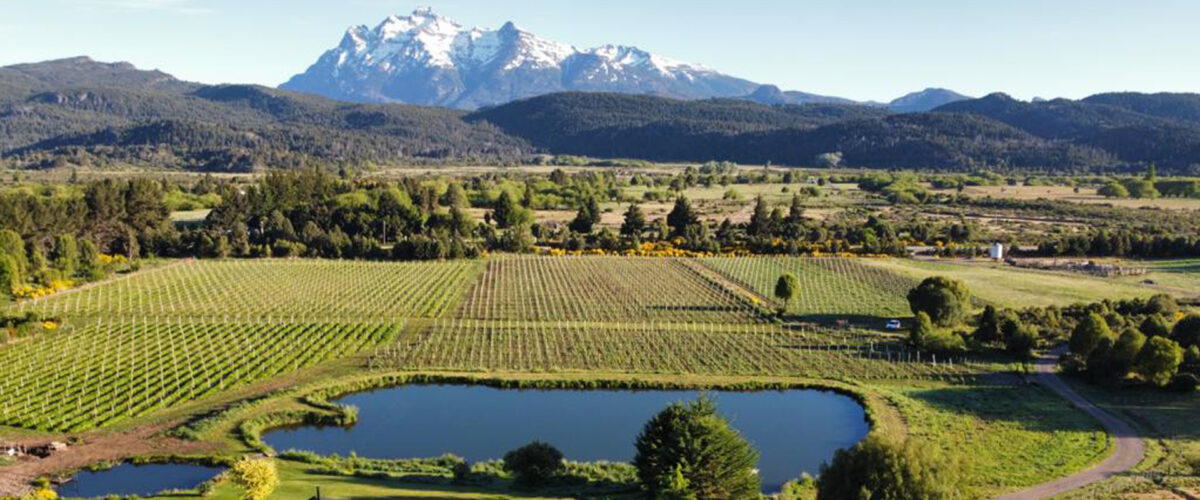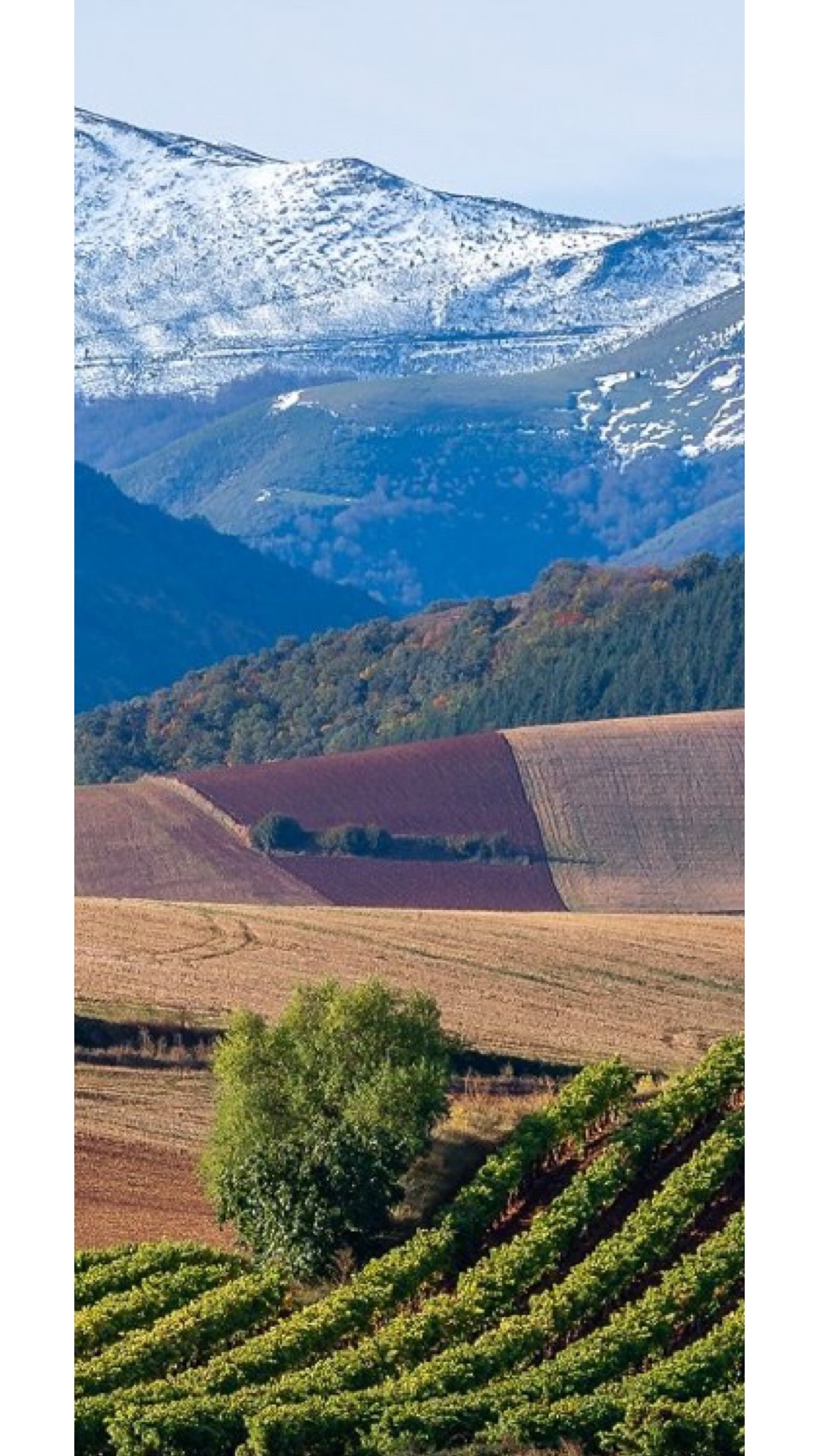Penfolds has just launched its most radical project to date, the inaugural, four-bottle “California Collection” which are blends from both South Australia and California wine together – a concept that is certainly revolutionary in the fine wine world.
Penfolds, South Australia’s premier winemaker, has again pushed the envelope by releasing the inaugural “Wine of the World” label.
The four wines in this new series are from the 2018 vintage. The top two wines in the collection, ‘Quantum Bin 98 Cabernet Sauvignon’ and ‘Bin 149 Cabernet Sauvignon’ are both blends of Cabernet Sauvignon from Napa Valley, with the Quantum Bin 98 mixed with 13% South Australian Shiraz and the Bin 149 blended with 14% South Australian Cabernet Sauvignon.
The other two wines in the collection are Californian. ‘Bin 600 Cabernet Shiraz’ is a blend of fruit from Napa Valley, Sonoma, and Paso Robles, and ‘Bin 704 Cabernet Sauvignon’ is from Napa Valley.
The wines were released globally a few weeks ago and are priced at $50 US – $700 US.
It was also hinted that more wines under Penfolds label will be coming from Bordeaux and Champagne in the future.
While the idea of doing a cross-continental blend does not seem like a possibility for most winemakers, Penfolds can now say that they have certainly pioneered this concept.
#penfolds #penfoldswine #penfoldscollection #californiacollection #australianwine #californiawine #wine #winenews #instawine #winelovers #redwine #vintagewine #finewine #winecollectors #wineoftheworld #winetrends



![Great Italian Wines [Master Class] Understanding Indigenous Grape Varieties – Montepulciano & Aglianico](https://www.liz-palmer.com/wp-content/uploads/2021/04/Liz-Palmer-Thursday-Post.jpg)

